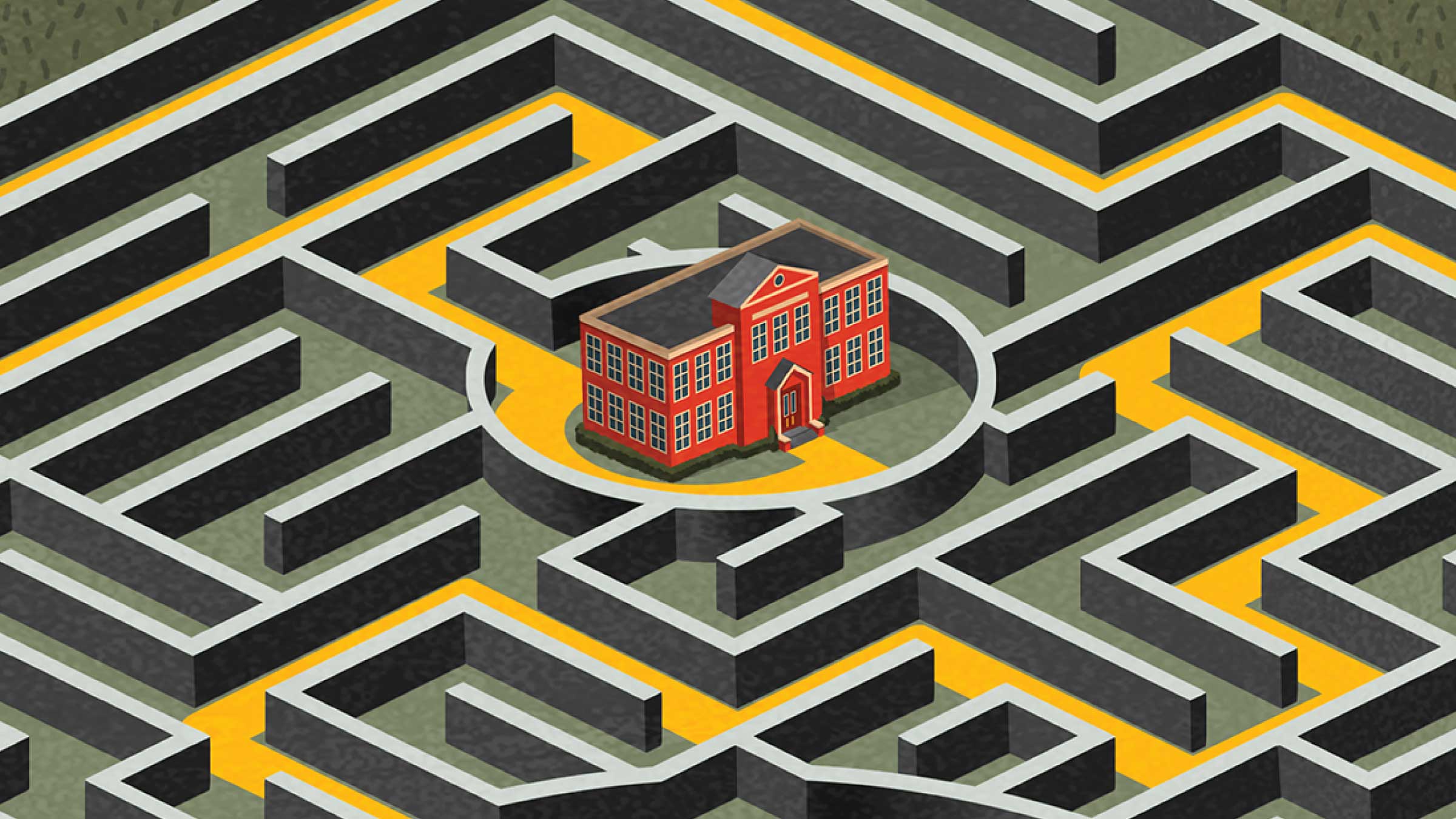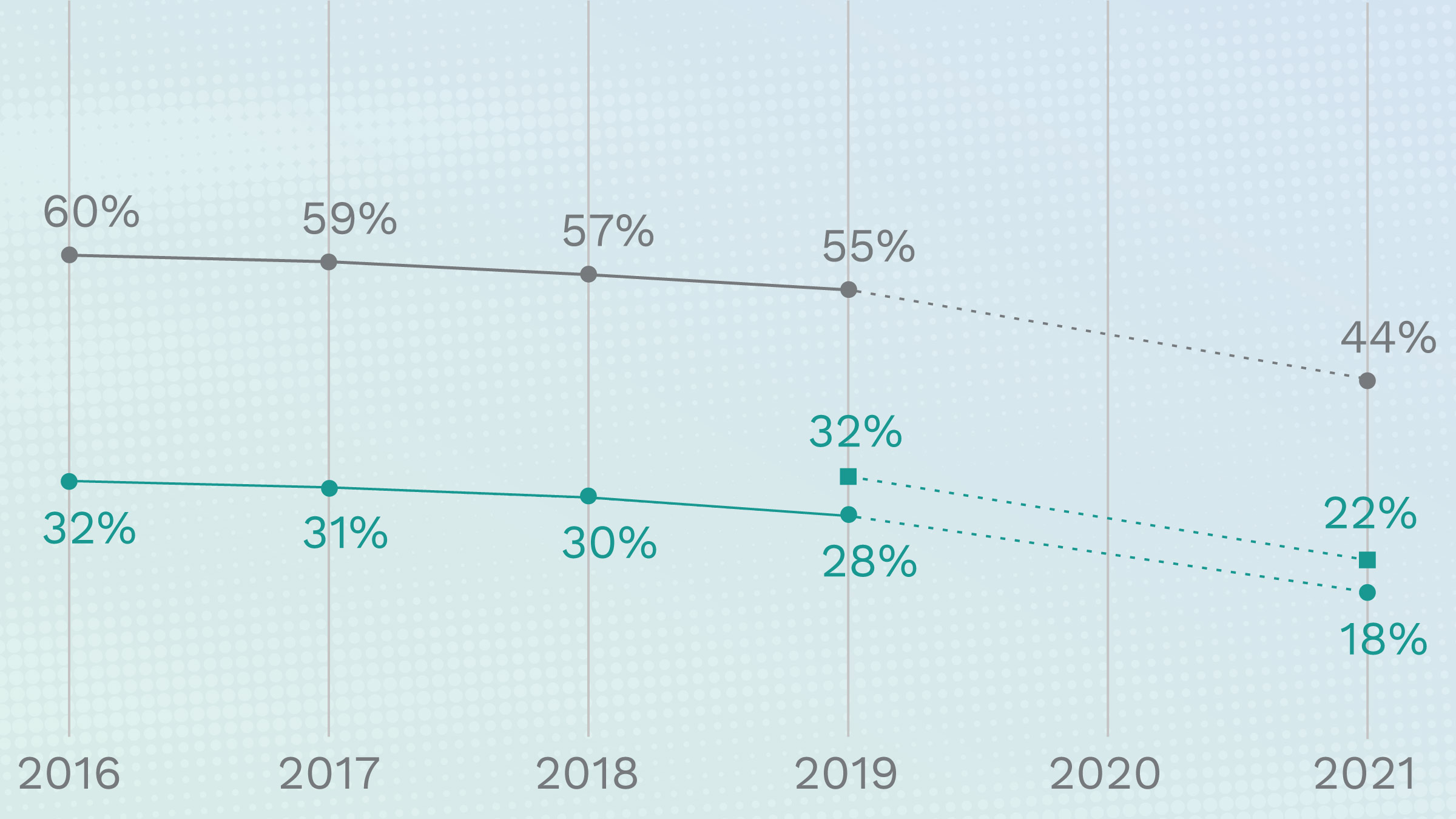A new paper builds on the findings of The Economic Power of Early Childhood Education in Wisconsin, a 2012 Wisconsin Policy Research Institute report by Rob Grunewald and Don Bezruki, which concluded that “investment in young children supports economic development by boosting the long-run productivity of the labor force and reducing public costs.”
When that report was issued, Wisconsin was just two years along with a key investment in the quality of the state’s child care providers, the YoungStar quality rating and improvement system (QRIS). YoungStar is the cornerstone of state efforts to improve provider quality and deliver pertinent information to families about the quality of child care programs. Participating providers undergo a thorough YoungStar analysis and the results are made available to parents in a five-star rating format.
The new paper first reviews the economic case for investing in young children, including research released since the 2012 paper. The authors then describe the implementation of YoungStar and provide data on participation among providers and trends regarding star ratings. The paper also provides analysis of the progress YoungStar has made in improving the quality of child care and outcomes for children and illustrates the relative lack of high-quality programs in the state’s most impoverished areas and in rural areas.
Key findings
- Compared with other states that operate a QRIS, a relatively large share of providers participate in YoungStar — 66 percent of family-based providers and 79 percent of center-based providers in 2016 — largely due to the requirement that providers achieve at least a two-star rating in order to receive Wisconsin Shares child care subsidy payments.
- A validation study by Katherine Magnuson and Ying-Chun Lin at the University of Wisconsin-Madison found that the YoungStar rating scale levels are associated with improvements in quality measures, such as safety, program activities, and teacher credentials, but generally lack association with measures of children’s early skills and behavior.
- ZIP Codes that have the lowest shares of child poverty have the largest availability of total child care slots and high-quality slots compared with areas that have higher shares of child poverty. In addition, high-quality child care providers are sparser in rural areas, even after accounting for a lower population of young children.
About the authors: Rob Grunewald is an economist in the Community Development Department at the Federal Reserve Bank of Minneapolis. Michael Jahr is vice president of outreach and special projects at the Wisconsin Policy Research Institute. Research contributor, Matt Snyder, is data manager at Higher Expectations for Racine County.





